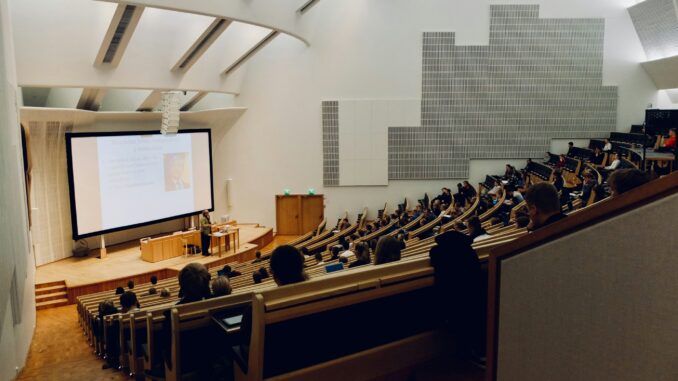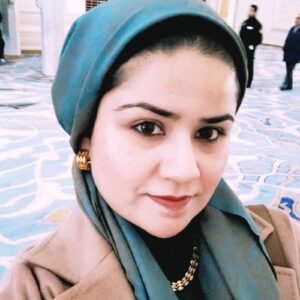
Dr. Naureen Farhan is the Interim Course Coordinator for Creative Computing at Ravensbourne University London, within the Department of Computing.
Active in academia since 2010, Dr. Farhan has been a regular fixture as an instructor in computer science classrooms as well as made significant research contributions in the field, publishing in esteemed journals and presenting at international conferences.
We wanted to learn more about her path, which led to the following interview.
Question: How did you get your start in technology?
Answer: My journey in technology began when I started college in the year 2000. Over the years, I completed my college certification, followed by an undergraduate degree, a postgraduate degree, and eventually a doctorate in Computer Science. I chose to study computer science out of genuine interest, as I always enjoyed coding. It initially began with writing small code snippets and later evolved into developing complete algorithms using machine learning techniques.
Q: What is your role at Ravensbourne?
A: I joined Ravensbourne initially as a part-time lecturer for the postgraduate Cybersecurity program. Later, I transitioned into a permanent lecturer role in the undergraduate Cybersecurity course. During this period, I supervised projects and dissertations and taught a range of modules across creative computing, cybersecurity, cybersecurity management, and computer science in both undergraduate and postgraduate courses.
Subsequently, I was offered the role of interim course coordinator for a BSc (Hons) in creative computing. This opportunity allowed me to develop essential managerial skills and gain hands-on experience in academia within the UK higher education framework. Most recently, I have successfully passed the interview for the permanent role of postgraduate Course Leader for Information Technology Management for the upcoming semester.
Q: What areas of technology have you developed the most expertise in?
A: Most prominent areas of my research and interest include machine learning techniques and the evolution of technologies in telecommunication from 1G through to 5G and beyond. During my postgraduate studies, my primary research focused on computer networks and telecommunication. The focus was initially on the vulnerability assessments and routing configurations, and afterwards on clustering techniques to improve radio resource management in 5G networks. I worked on analysing and optimising the heterogeneous network infrastructure in terms of performance.
Recently, my focus has expanded to include security implementation within heterogeneous network environments and the emerging field of quantum computing. It will be all about quantum computing in the coming era, with all technologies operating seamlessly from a unified platform. Currently, the focus is shifting from traditional application development towards providing more efficient and user-centric services through the lens of software-defined networks (SDNs).
Q: What trends are you tracking in these areas and why?
A: One of the key motivations behind my work in this domain is the fact that with the growing advancement of emerging technologies. It has become crucial to operate the services from a unified platform; therefore, it is important to have knowledge of managing radio resources efficiently with low latency and high throughput.
With the widespread adoption of wearables and various other computing devices, modern networks are considered ultra-dense networks with an exponential increase in the number of connected devices within a limited area. This gives rise to interference issues that eventually reduce the network’s performance. Therefore, it is important to work in this area to achieve high-speed communication in heterogeneous networks in ultra-dense environments.
